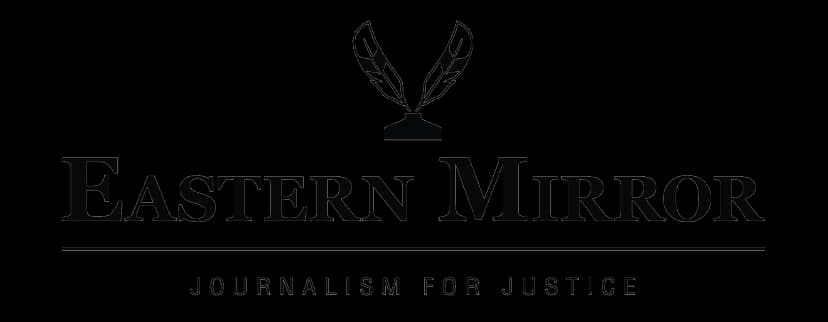TUESDAY, SEPTEMBER 16, 2025
- Home
- The ground reality
The ground reality
Published on Sep 16, 2014
By EMN
Share
Z. Lohe
[dropcap]U[/dropcap]nfortunately Nagas are placed under few States in NE India. There are always tendencies which can lead the Nagas to have mistrust and doubt about each other just because we belong to separate States specially when contentious issues crop up. There are certain Nagas who even prefer to severe their affinity with Naga originality and family. For instance, a section of Nagas in Arunachal Pradesh undertook signature campaign sometime ago to prove that they are no more Nagas which was reportedly submitted to Union Home Ministry. Our memory is fresh about what the BJP of Arunachal Pradesh submitted a representation to Union Minister for Tribal Affairs recently and sought for removal of the suffix ‘Naga’ in the Scheduled tribe list of the State. Perhaps, all the Naga tribes in Arunachal are not unanimous on severing ties.Whereas, the Nagas of Manipur and of Nagaland are desperate for physical integration. However, since from the time 16-Points Memorandum was submitted till date, the Govt of India has not been committal on this intricate issue, and the process is taking more time than expected. In the present arrangement, although there is hardly any ambiguity in respect of immovable assets and who owes it, what are jointly owned and what are not, and yet there is always chance for the Nagas of Nagaland in particular to earn irk from fellow brethren from other States when the issue of proprietorship crops up. A specific instance is the most recent conclave of 8 Naga Hoho member tribes of Nagaland out of 23 members who exclusively deliberated on NSDZ issue without 15 members. The resolutions of that exclusive meeting were published in local media on 11.9.14. That is the ground reality.
From technical/constitutional/conventional point of view, the said resolution of Naga Hoho on NSDZ has flaw for the fact that almost two-third majority’s view was not known. A Naga Hoho without two-third of its member tribes cannot be called Naga Hoho. Therefore, to brand the resolution on NSDZ as Naga Hoho’s decision is imperfect. Since 8 members are the stakeholders of NSDZ and 15 of them are not, perhaps, the minority was given the liberty to have the said conclave.
Indeed, those member tribes who are going to be adversely affected directly or indirectly by NSDZ have the legitimacy to decide on the issue exclusively without the interference of others. Should there be any who tends to call the last conclave of 8 Naga Hoho member tribes to be sectarian, parochial and anti-integration may please realize that the exclusive meeting was legal and natural without ulterior motive.
The same yardstick applies to Oil and Natural Gas exploration and its revenue sharing. The Nagaland Petroleum and Natural Gas Regulations (NPNGR), 2012 and Nagaland Petroleum and Natural Gas Rules (NPNGR), 2012 have made Naga Hoho as one of the main stakeholders. In my opinion, such joint proprietorship has kept adequate rooms for the Nagas as a whole to quarrel over the issue of who is entitled and who is not in the days to come.
As and when physical amalgamation of the lands of the Nagas takes place, the above sensitive issues will automatically vanish. Till then, in my opinion, it would be better for all of us to respect each other’s sentiment and accept the ground realities for the sake of sustainable relationship.

